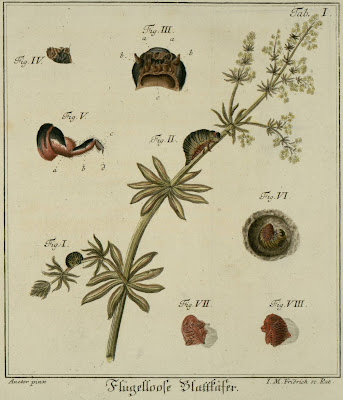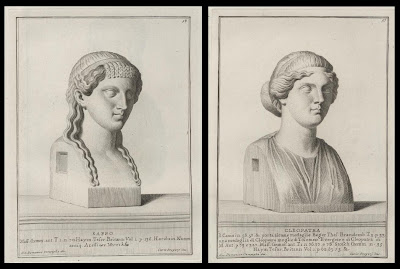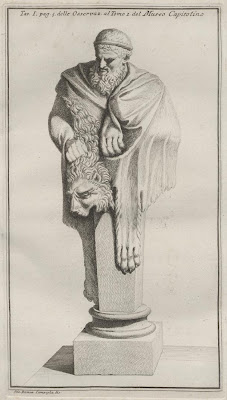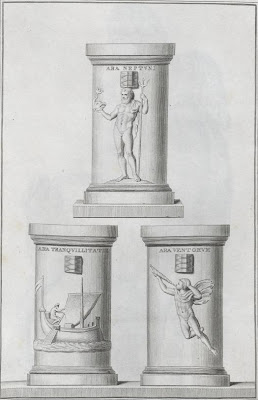














Swiss-born American graphic designer, Erik Nitsche (1908-1998) had a prolific ~60 year career working across the advertising, printing and publishing industries.
An acknowledged founding modernist, Nitsche came to prominence in the 1950s, despite his reserved nature, with the production of abstract semi-futurist technical illustrations and posters for the General Dynamics corporation. This was no mere graphics job. It was more along the lines of repackaging military hardware development and the emerging nuclear industry as a sponsor of peace. Life is not without contradictions [see here].
In the 1960s Nitsche turned to book production with a memorable series on the history of science and technology - an illustration driven 12 volume set that was printed in multiple languages and sold 2 million copies. A more ambitious 20-volume history of music followed which included contemporized historical engravings.
In addition to these significant achievements there is a vast legacy of work including 300 album cover designs and illustrations for an array of magazine and corporate clients. There was a move towards more realistic illustration/design work in his later years. Despite having been elected to the New York Art Director’s Club Hall of Fame not long before his death, Nitsche and his design output are not widely known and there is no devoted website. If anything, I'm likely understating the extent both of his output and influence.
That this post and the great majority of the above images are here at all is due entirely to the admiration that Derick and Katie have for Erik Nitsche's work. They have a collection of his book and album designs and in an ongoing project, they've uploaded a number of items to flickr and also to the BustBright site (high res. available). Both links are worth following as I haven't posted everything available.
- Typotheque have an excellent article from 1999 by Steven Heller - 'The Reluctant Modernist'.
- Short biography at The Art Directors Club (head for hall of fame/laureates 1996)
- The final image above comes from a page which has the largest number of Nitsche works available. These tend towards his later realist output and also includes stamp designs.
- The 3rd last image above comes from here [see also this composite (and the adjacent Nitsche submarine nautilus].
- The 2nd last image above was made from a set of half a dozen Nitsche images at this site.
- Galerie un deux trois have 6 works, including my fave - I'd be happy to have that as a poster.
- General Dynamics remain happy with the image projected by Nitsche.















































































